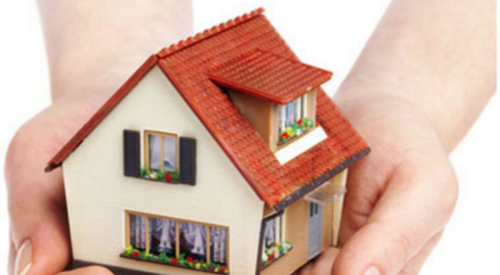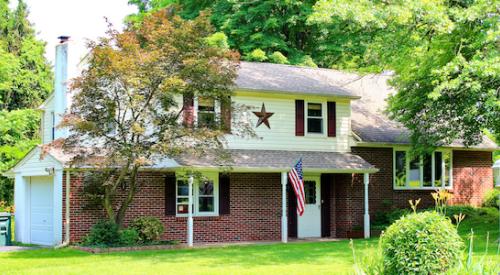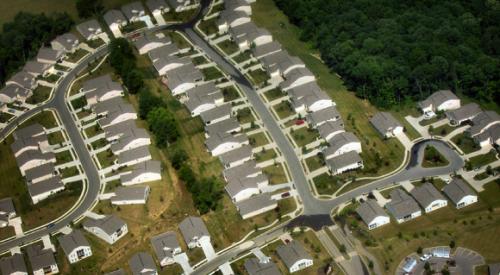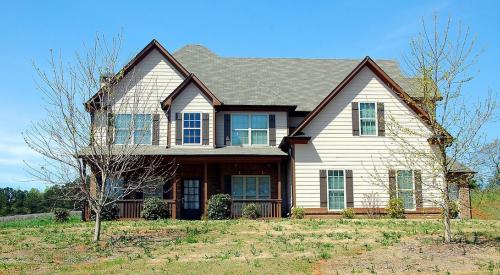At the end of 2015, economists were optimistic that the homeownership rate was finally beginning to stabilize after consistently shrinking in the years that followed the housing crisis. Not only did they think it would stabilize, but they also had hopes of seeing some positive growth again. Unfortunately, their optimistic wishes went unanswered and in the first three months of 2016 as the rate fell back down to 63.5 percent, not seasonally adjusted, from 63.8 percent.
As The Wall Street Journal reports, 63.5 percent puts the homeownership rate just a whisker away from its 48-year low of 63.4 percent. Despite the drop, economists warn not to read too much into the change in quarterly estimates. Homeownership being essentially flat is still reason to be optimistic, economists said. Just a few years ago the decreases were much more significant, the fact that these large decreases have leveled out is good news.
A large reason for the declining rate is due, at least partially, to the consistently growing number of renter households in the country. Compared with the same time last year, around 363,000 new renter households were formed in the first quarter, almost twice as many as the 177,000 new owner households. While these renters will drive down the number of homeowners in the short term, the general consensus is that they will eventually turn into owners within the next couple of years.
The difficulties of buying a home due to factors such as rising home prices, student loan debt, delays in marriage and having children, and an overall sense of uncertainty about buying a home as an investment are still problems without definite answers that are causing many young people to rent instead of buy.
Another aspect of the housing market to keep an eye on is the very weak growth in the number of new households formed. This was the second quarter in a row of poor numbers. In the first quarter of 2016, just over 540,000 new households were formed. For comparison, in the third quarter of 2015, the number of renter households alone increased by 1.3 million.











